Is there anything better than spending the sizzling dog days of summer splashing in a pool? Whether at your home, a friend’s house or a community center, swimming is a wonderful way for families to bond and make the most of the hot weather, but it’s important not to let the fun overshadow important water safety guidelines.
Drowning is the leading cause of unintentional death among children ages 1 to 4-years-old. According to new data released by the U.S. Consumer Product Safety Commission (CPSC), fatal child drownings in the United States are on the rise, with an average of 363 – or nearly one per day – pool or spa related fatal drownings involving children younger than 15-years-old each year. From 2016 through 2018, an average of 6,600 children were treated in hospital emergency rooms for nonfatal drowning injuries in pools or spas each year.
As temperatures soar, remember to follow these six important steps while spending time in and around the water, provided by Pool Safely, a national public education campaign from the U.S. Consumer Product Safety Commission.
Teach children how to swim
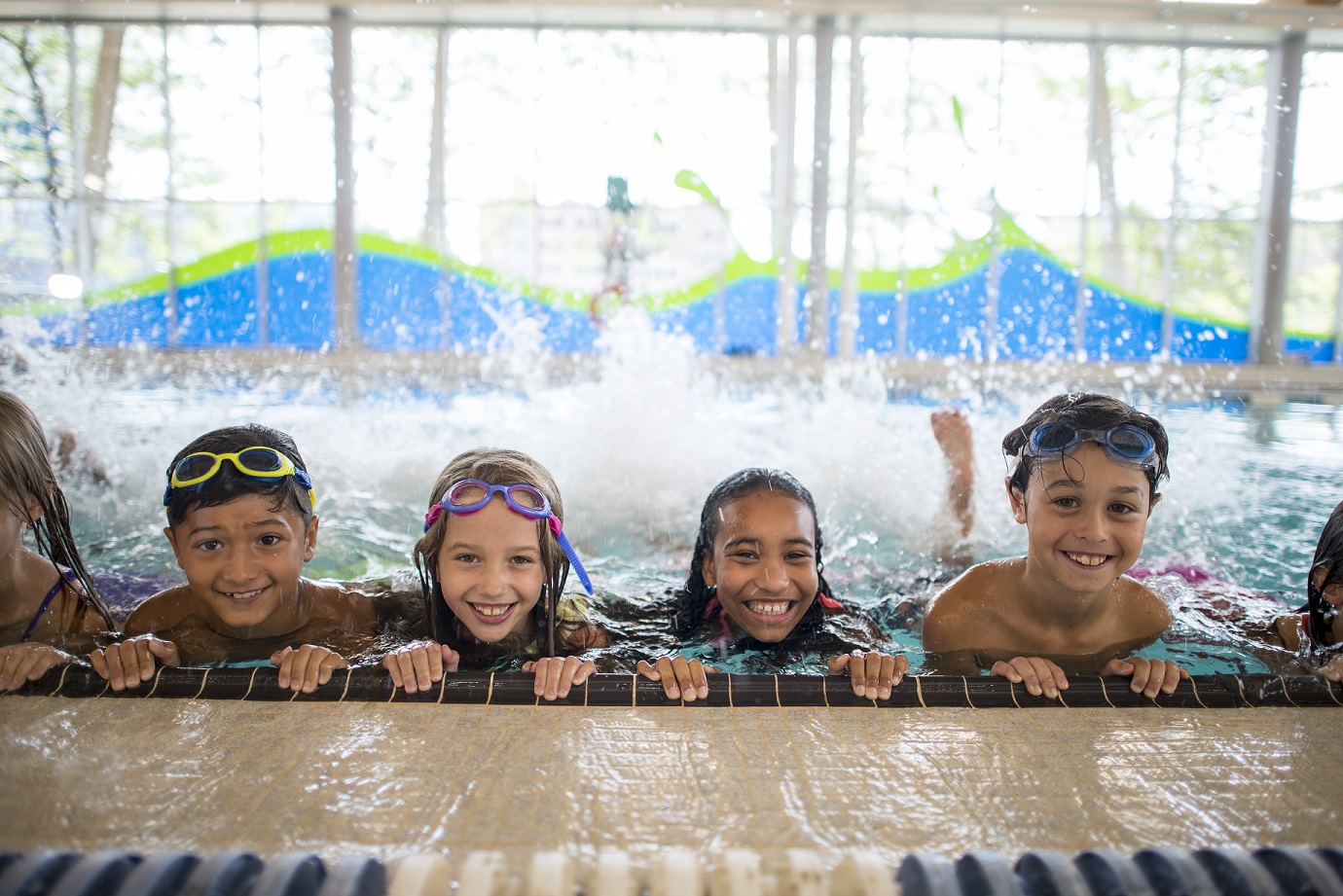
When children learn how to swim, they become more comfortable around water and understand important safety rules. Sign up for local lessons and practice with your child in the pool so they strengthen their skills.
Never leave a child unattended
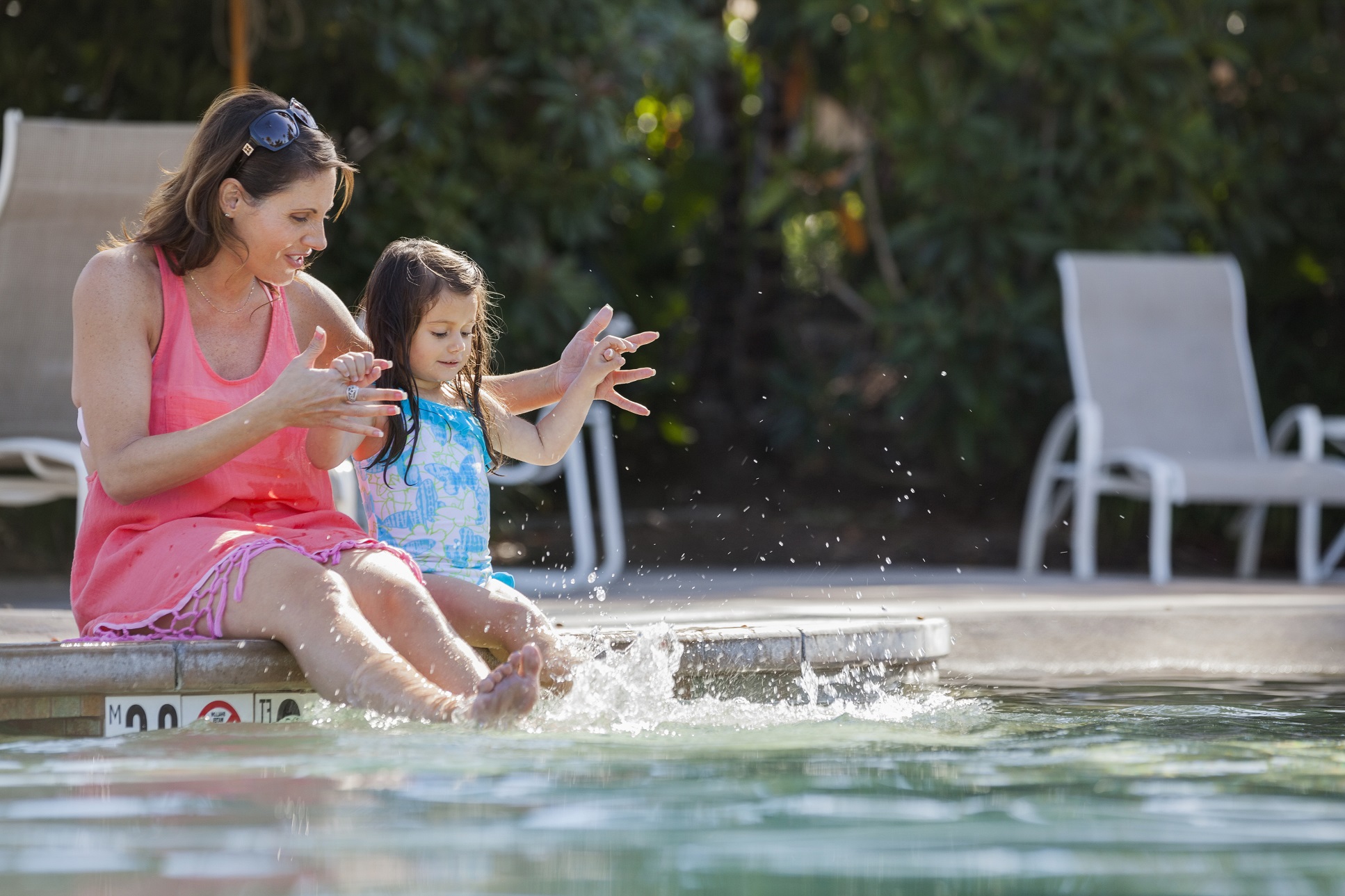
If you need to leave — even just for a moment — ask another adult to watch your child while you’re gone. Always designate a Water Watcher any time your child is in or near the water.
Teach children to stay away from drains
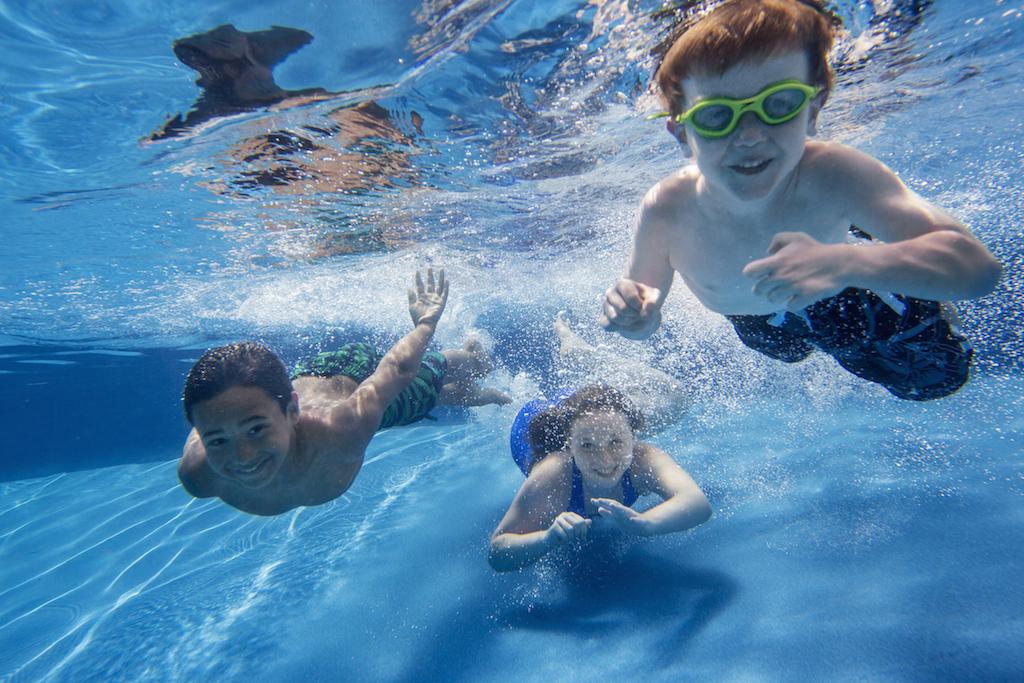
Children’s hair, limbs, jewelry or bathing suits can get stuck in drain or suction openings, so it is important to teach children not to play or swim near drains.
Ask about drain covers
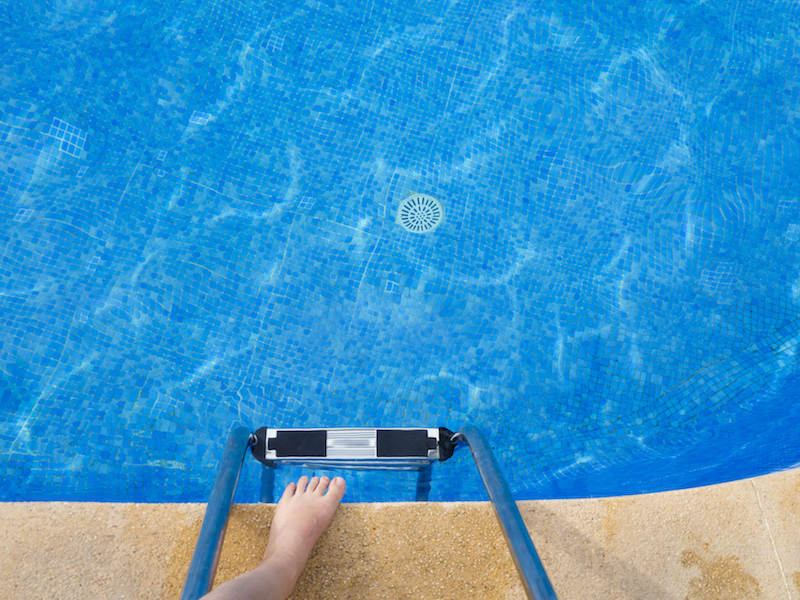
Be proactive and ask to confirm that all pools and spas you visit have compliant drain covers. Adequate and safety-compliant drain covers are important in backyard pools and any public pool you visit.
Install proper barriers
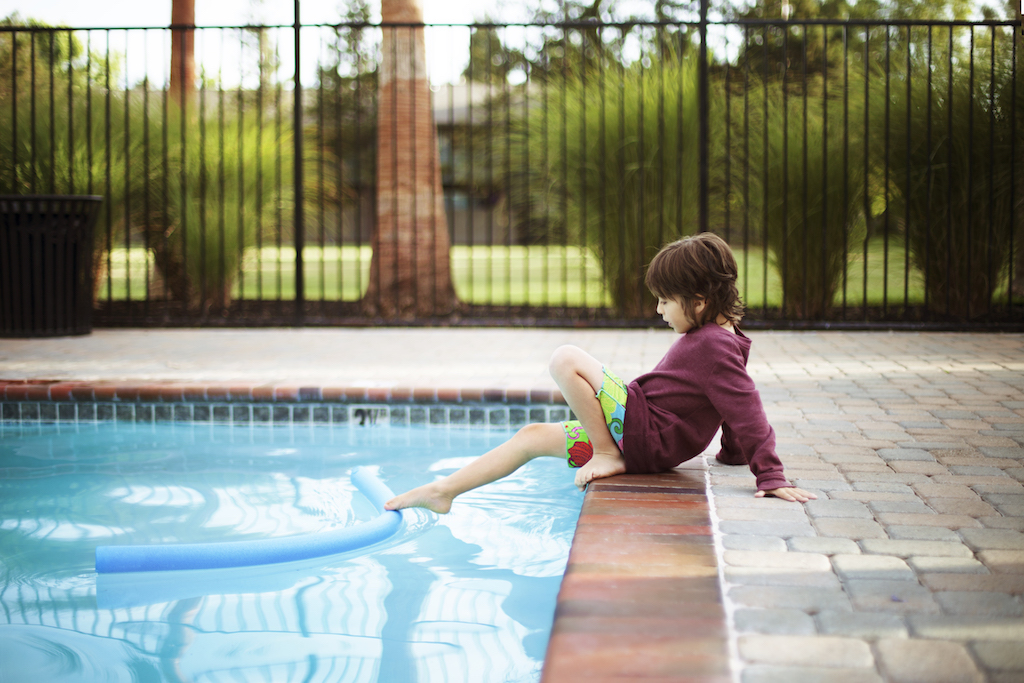
If you have a pool or spa, it’s important to install proper fences, alarms and covers to keep unsupervised children from accessing the water.
Learn CPR
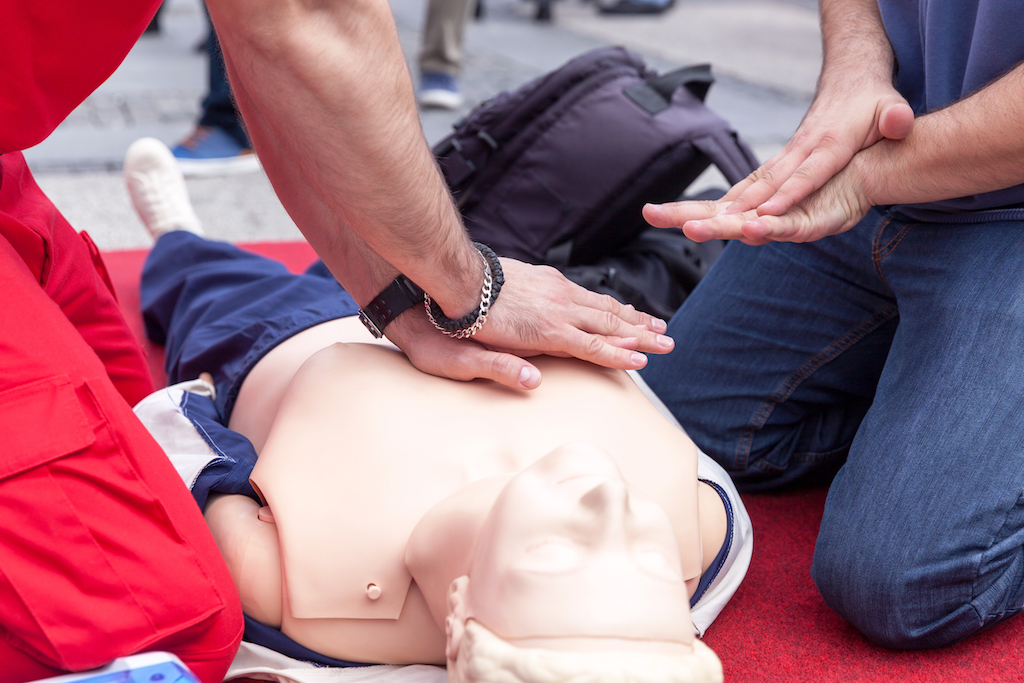
Bystanders are often the first to aid a drowning victim, so learning how to perform CPR on children and adults can help prepare you to save a life. Many communities offer free or low-cost training.
These six tips will help you keep your family safer, so you can enjoy the best of summer by the pool. Take the next step when you take The Pledge to Pool Safely, which affirms your dedication to:
- Designate a Water Watcher every single time children in your care are near the water.
- Make sure your kids know how to swim.
- As a parent or guardian, learn CPR.
- Always remove portable pool ladders when not in use.
- Ensure all permanent pools have a proper fence and gate and safer drain covers.
For more information and drowning prevention resources visit https://www.poolsafely.gov/.

